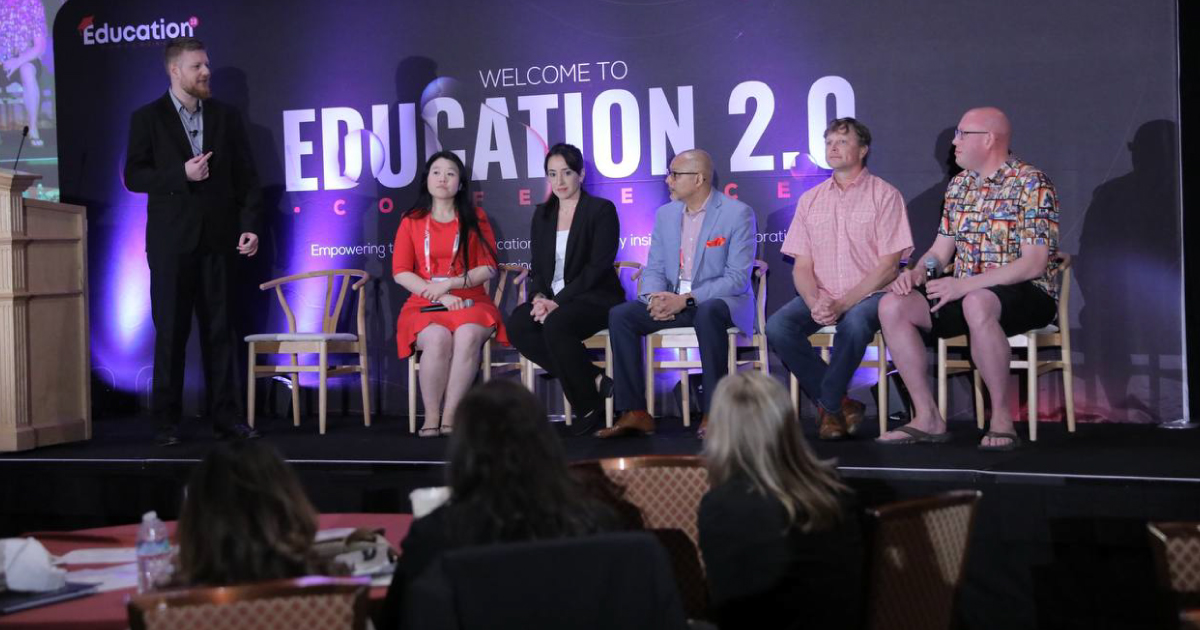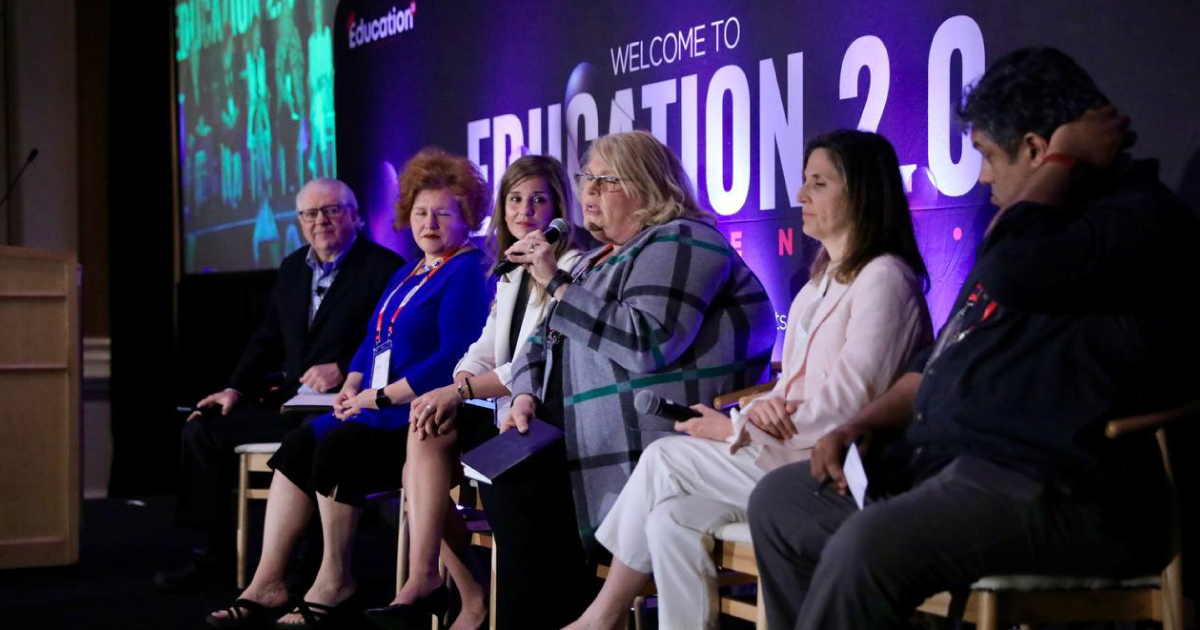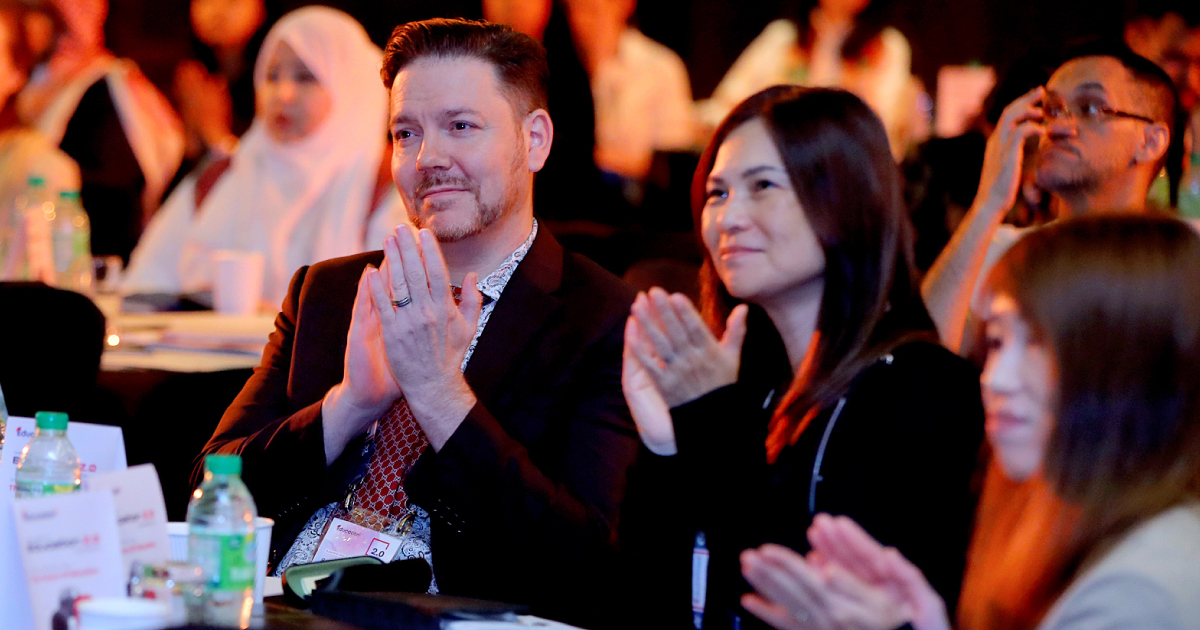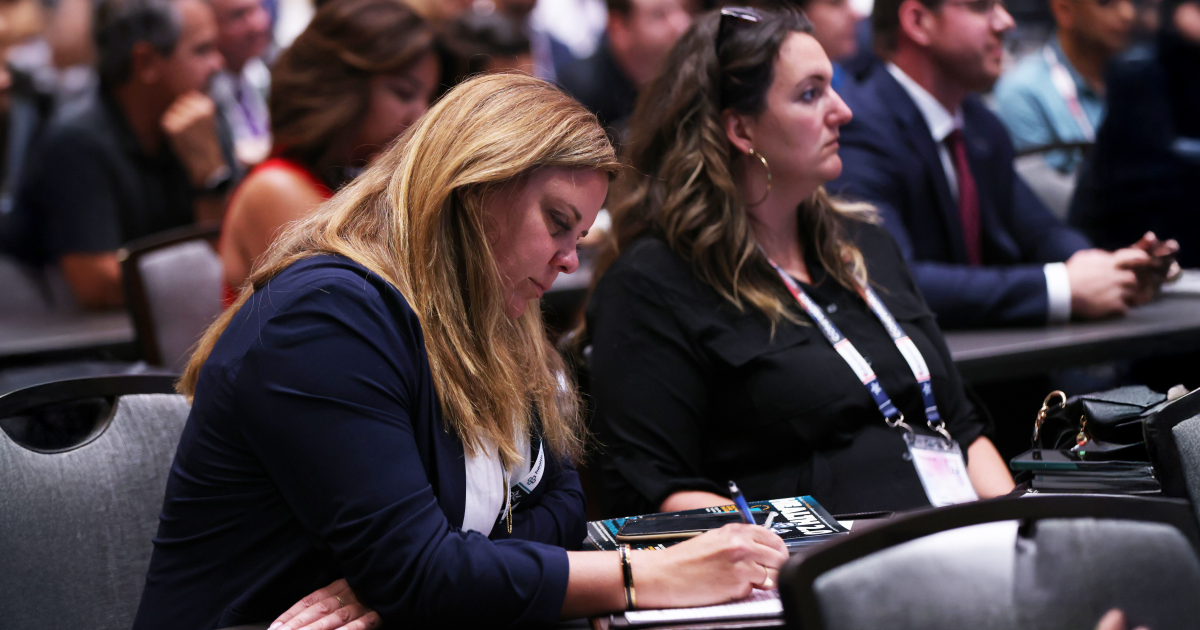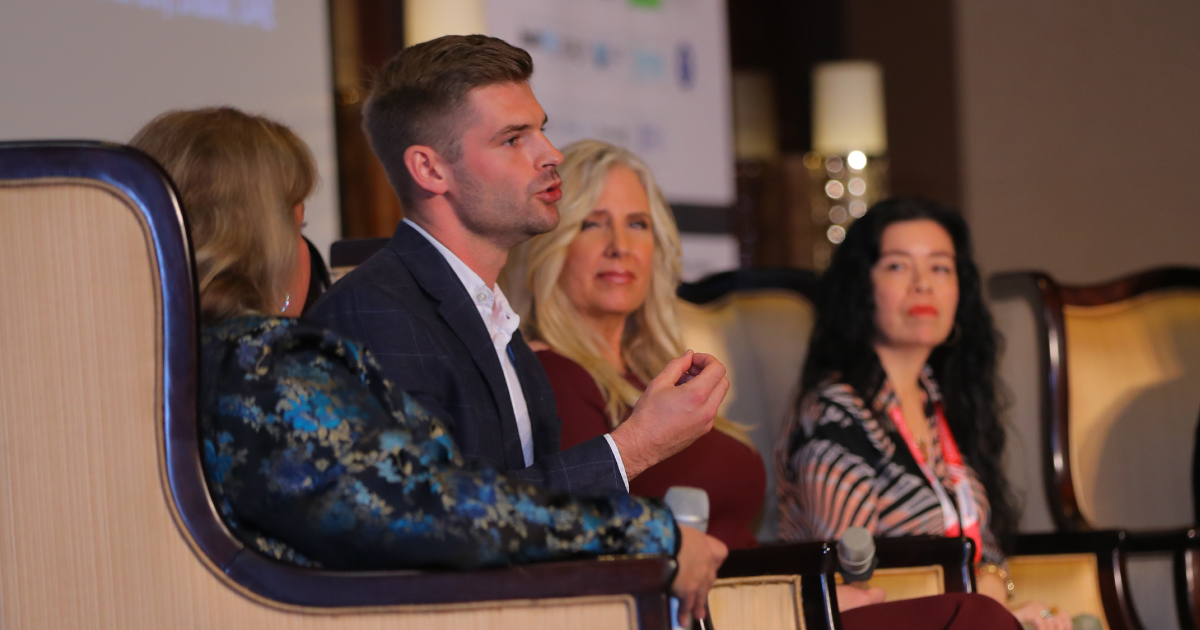As with anything you want to change, the first step to improving your teaching skills is to determine what you do that needs improving. Once you know what you need to work on, it becomes much easier to find ways of improving it and become a better teacher who can help students overcome negativity and succeed in their academics.
Here are some things that experts at top education conferences in 2022, such as the Education 2.0 Conference, have discussed and pointed toward, when it comes to changing teaching styles and how that impacts students.
You’ll probably come up with many more, but if you focus on these five areas, you’ll be well on improving them all.
Understanding Negativity In An Environment
No matter your profession, you will come across negative people. This can put a damper on any situation and is not something that should be ignored. Understand what negativity is and how it affects those around you so that you can better control your reactions to it. You will also learn how to address negativity in your work environment and when teaching students.
Developing A Can-Do Attitude
Suppose a student develops a can-do attitude and approaches learning as an opportunity to expand their skills and abilities instead of fearing failure. In that case, they will be far more likely to succeed. While it can be easy for adults to forget, children are natural learners. If you want your students to love learning and develop into a self-motivated adult who takes risks to succeed, instill in them a can-do attitude that is open to change and growth.
The Negative Impact
A negative teacher can naturally affect how well students learn and perform in their classes. A negativity bias is an innate response to threat, uncertainty, or stress, which manifests as fear and worry. When a teacher projects these feelings onto their classroom, it creates an inhospitable environment for learning. However, when teachers are positive in their interactions with students, they are likelier to cultivate success instead of failure.
Learning From Your Mistakes
It’s easy to focus on all your mistakes, but what about all your successes? When you’re at work, think back on a recent time when you made a mistake, and ask yourself what you learned from that mistake and how it will help you next time. If you constantly make similar mistakes, consider seeing a business consultant or attending education summits, such as the Education 2.0 Conference, that can help you connect with mentors, and business leaders and learn more about different ways to improve your thought process and subsequent actions.
Turn No Into Yes
Students often fail to complete a task because they don’t want to do it. Rather than accept that fact and move on, students tell themselves they can’t do it or will never get better at something. Don’t allow your students to fall into that trap. Make sure you send positive reinforcement their way when they succeed, even if it seems like a minor accomplishment.
Feed On Each Other’s Encouragement
As a teacher, you want to create an atmosphere in your classroom that is full of encouragement and support. Students can flourish when they feel comfortable experimenting, taking risks, and putting themselves out there without feeling embarrassed or getting negative feedback from their peers or teachers.
Encourage students to be optimistic about each other’s work even if it isn’t at their level—this will help them grow as artists and appreciate differences in others.




